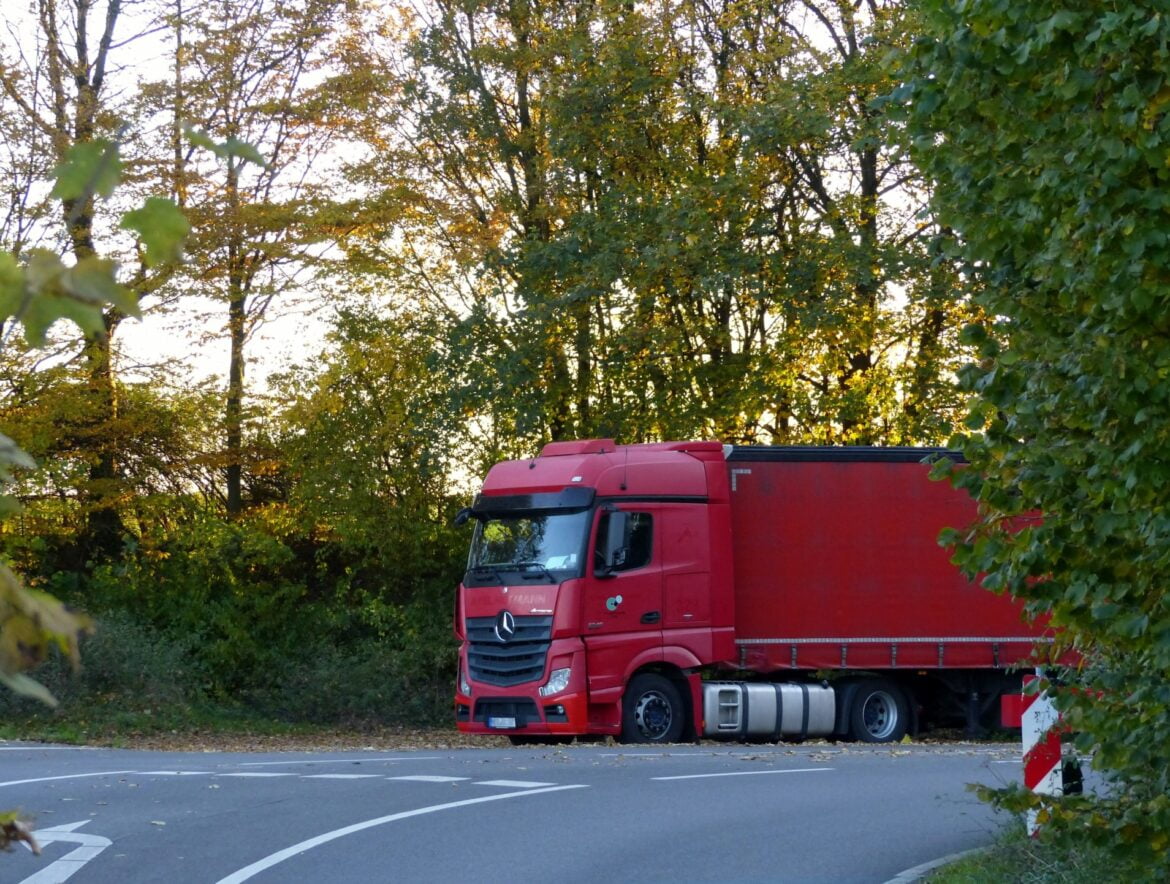A new report from think-tank Carbon Tracker titled, Heavy Lifting Required: Truckmakers’ Electric Transition, assesses Heavy Duty Vehicle (HDV) manufacturers’ transition to electric vehicles, alignment to the Paris Agreement, and their position relative to the automotive energy transition.
The report analyses eight HDV manufacturers, which it said covers 50 per cent of global HDV production/sales, on the quality of their emissions targets and transition to electrification.
Carbon Tracker concludes that, ultimately, global HDV manufacturers are falling short on the EV challenge.
Zero-emission heavy duty vehicles currently far too low
The report noted despite representing 3 per cent of vehicles on the road, HDVs contribute 30 per cent of emissions from road transport.
To be aligned with the International Energy Agency‘s (IEA) Net Zero Emissions by 2050 Scenario (NZE Scenario), it is estimated that cumulatively, more than 13 million zero-emission heavy duty vehicles need to be deployed globally between 2024 and 2035.
Last year, only 2 per cent of new HDVs produced globally were zero-emission.
Weak emissions targets from HDV manufacturers
The report notes that, despite the size of the challenge, weak emissions targets from HDV manufacturers suggest an unaligned strategy to pivot to zero-emission HDVs.
Ben Scott, report author and the head of automotive at Carbon Tracker, said: “The lack of short-term targets reduces the likelihood of long-term goals being met and increases the risk of a disorderly transition to electrification.”
Battery-electric HDVs represent “vast opportunity”
Further, it says that, for HDV manufacturers, the shift to battery-electric HDVs represents a “vast opportunity” for revenue growth through the replacement of the existing fleet with battery-electric alternatives.
Additionally, it outlines that to enable the transition to ZE trucks, HDV manufacturers and fleet operators should ‘electrify the immediate’, i.e. electrify short and medium-haul logistics now, which can be achieved using existing battery technology and EV charging infrastructure deployments.
It was also found that heavy duty vehicle manufacturing assets are not currently geared up to produce the amount of zero emission required to be climate-aligned.
Last year, most HDV manufacturers used 1 per cent of vehicle production capacity to produce ZEVs.Read the full report here.




